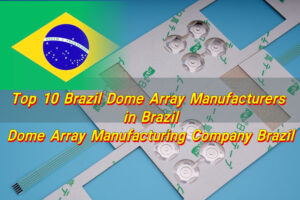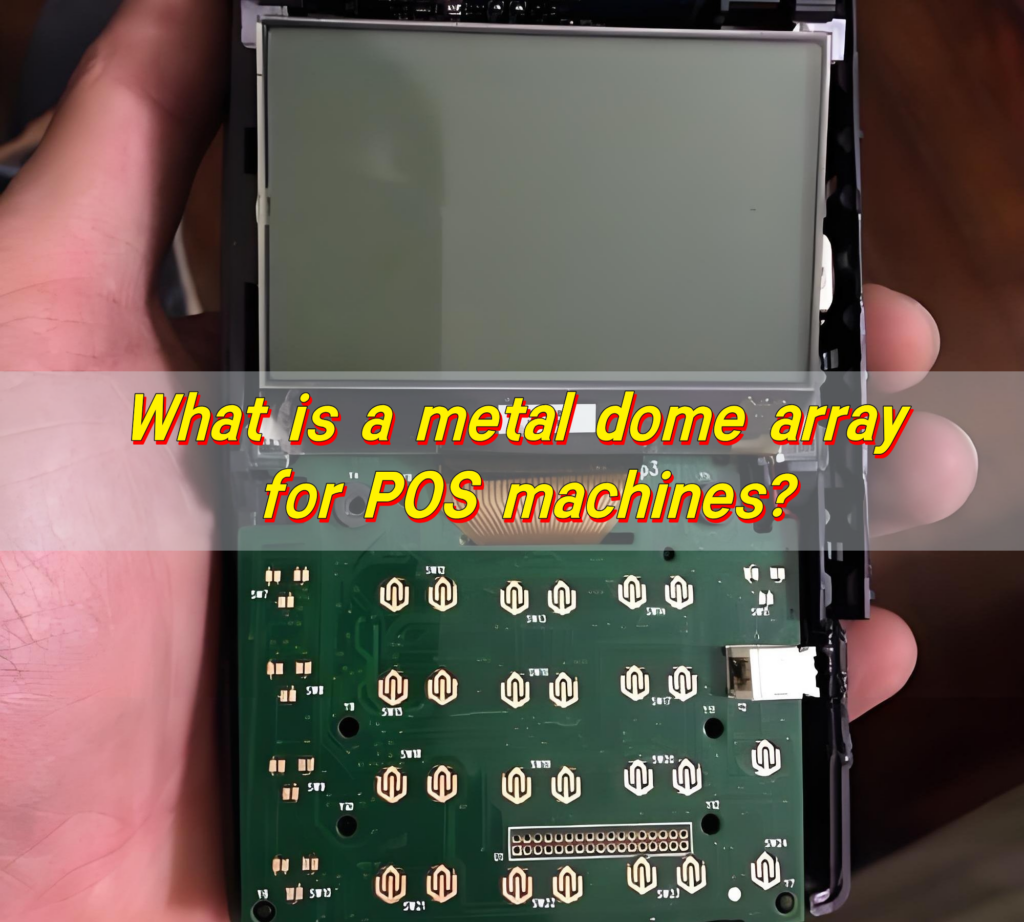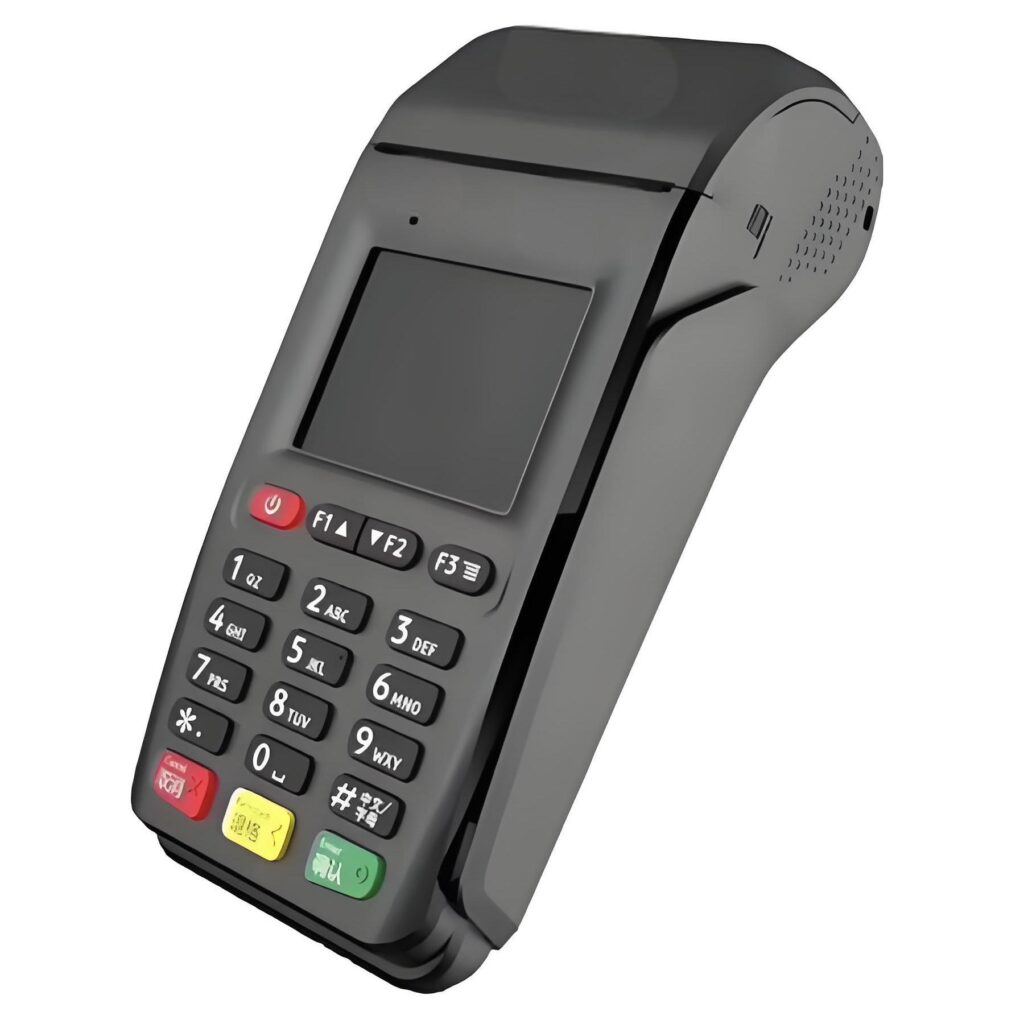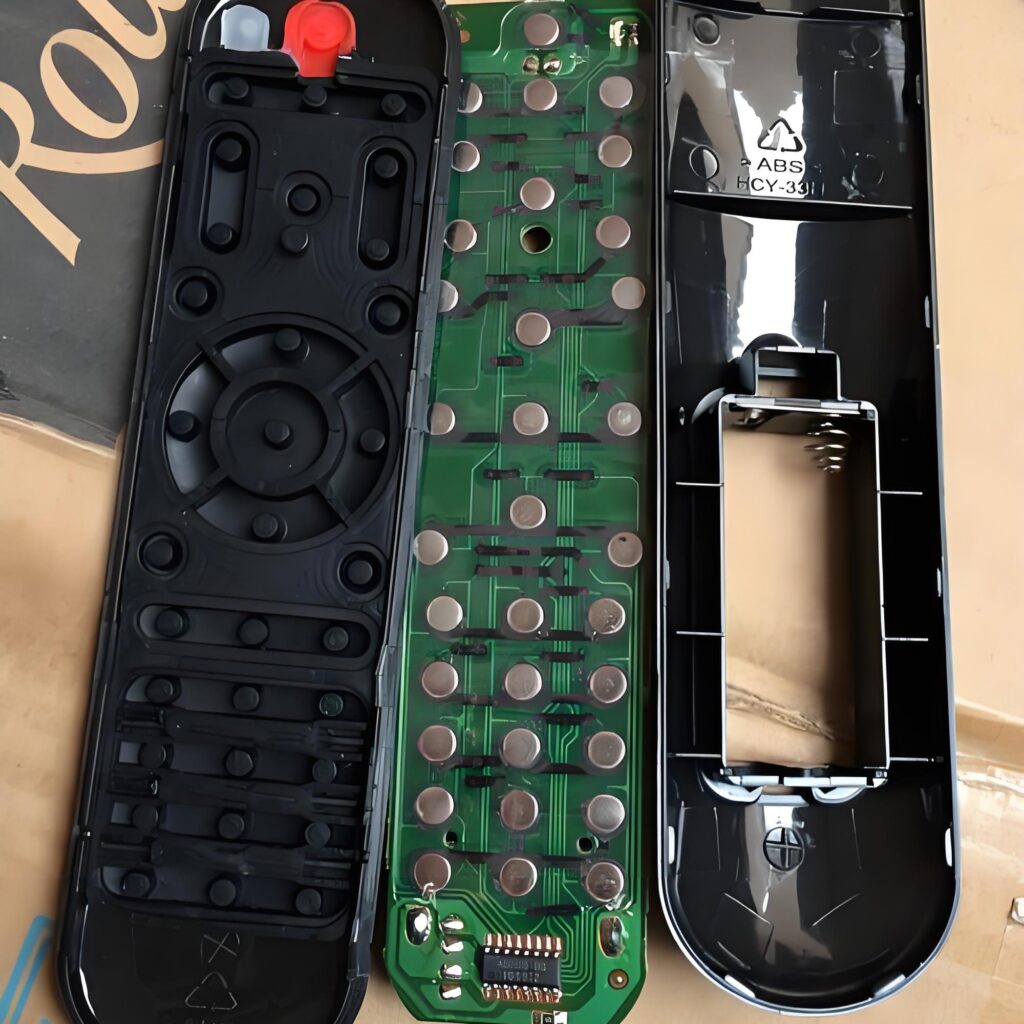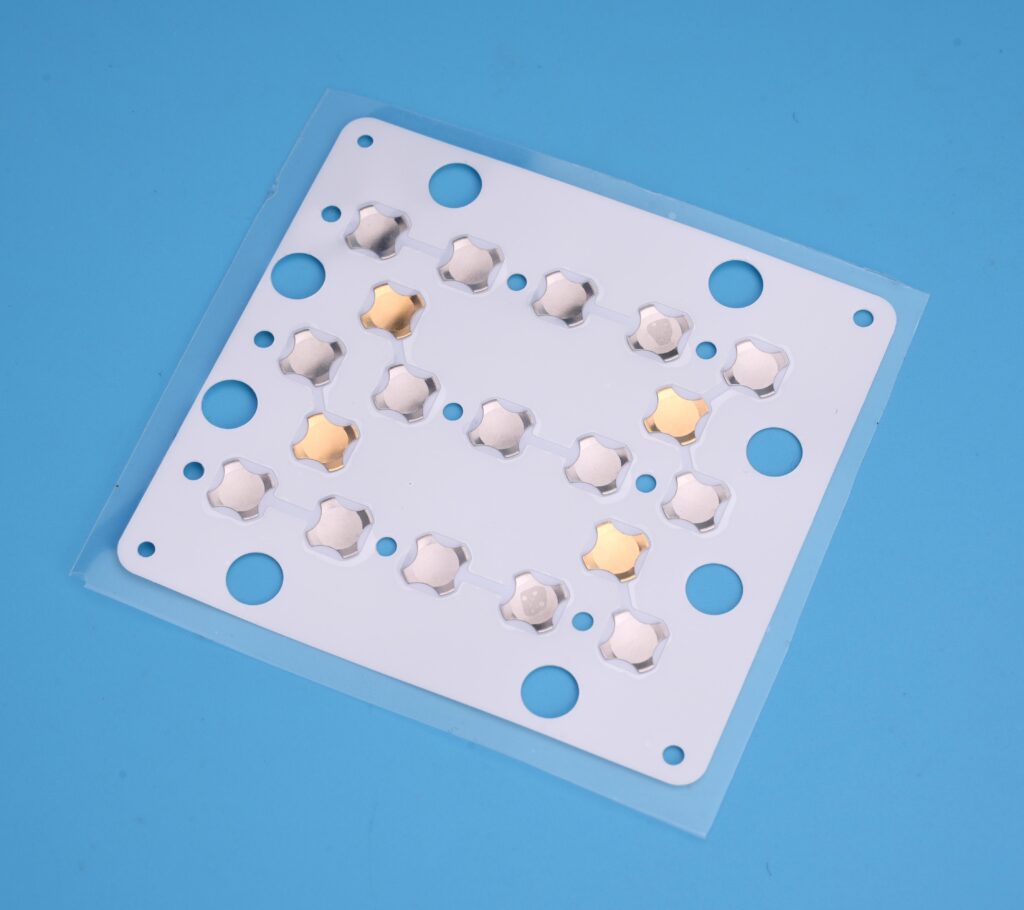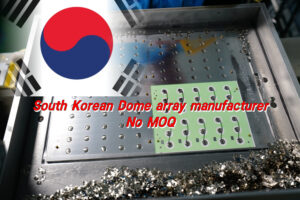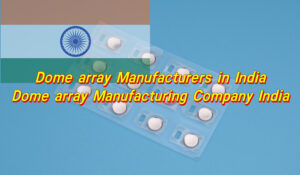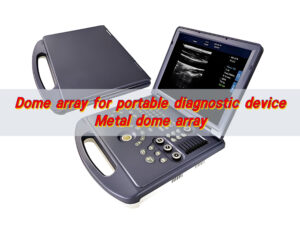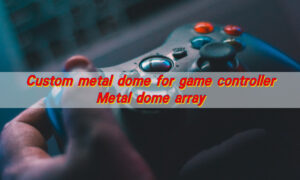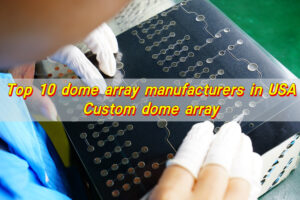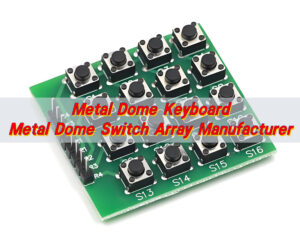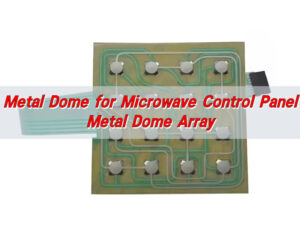Metal dome array for POS machines is a sheet of tactile switches made from stainless steel domes mounted on a flexible layer. It’s placed under the keypad of a POS terminal to provide a crisp, responsive click when a button is pressed.
These arrays improve typing accuracy and speed by offering clear tactile feedback. They’re highly durable, lasting millions of presses, making them ideal for retail environments where reliability matters. Compact and easy to install, metal dome arrays are essential for fast, accurate operation in modern POS systems.
Why do POS machines use metal dome arrays?
POS systems go through intense daily use. Think of how many times a cashier taps on a payment terminal. Buttons need to work smoothly and consistently, thousands of times a day. That’s where the metal dome array comes in.
These dome arrays sit beneath each button. When pressed, the dome collapses and then pops back, creating tactile feedback. This “click” isn’t just satisfying—it confirms the input was received.
Without them, you’d get a dull, squishy response. In fast-moving checkout lines, this causes delays and errors. Dome arrays solve this problem with speed and precision.
Besides responsiveness, they boost product life. A high-quality metal dome array can endure over a million cycles. That means less maintenance, fewer repairs, and less downtime.
How does metal dome material affect POS performance?
The material used directly influences how the button feels, how long it lasts, and how it performs under pressure.
Most commonly, dome arrays use stainless steel. It’s durable, corrosion-resistant, and cost-effective. For high-end POS machines, nickel-plated domes or gold-plated domes may be used. These options offer even greater conductivity and resistance to wear.
The dome’s thickness and shape also affect touch feedback. Thicker domes may last longer but need more force to press. Thinner domes offer a lighter touch but might wear faster. So, striking the right balance is crucial.
In retail or food environments, POS systems often face moisture, grease, and dirt. Metal domes are naturally resistant to these elements, helping ensure the POS machine keeps functioning reliably—even in tough conditions.
How to choose the right metal dome array for POS use?
Start by identifying how frequently the POS unit will be used. For high-traffic environments like supermarkets, choose a dome with high actuation life—at least 1 million presses.
Next, define the tactile force and click ratio you need. Do you want light touches or firm ones? A tactile force of 180-250g is common for POS applications. Higher click ratios provide clearer feedback but may cost slightly more.
Size matters too. Standard dome sizes range from 6mm to 12mm in diameter. Smaller domes work well for compact POS devices. Larger domes offer stronger tactile response.
Also, assess the layout. Will you need a single dome or a metal dome sheet with multiple domes pre-positioned? Sheets make assembly faster and ensure perfect alignment. That’s a big plus for mass production.
What’s the role of a metal dome sheet in a POS terminal?
The metal dome array is a flexible polyester or polycarbonate film embedded with domes, placed right over the PCB.
This sheet offers many advantages. First, it simplifies installation. You don’t need to place each dome manually. Instead, the pre-positioned domes are aligned perfectly, saving time and reducing error.
Second, it protects the domes. The sheet shields them from dust, moisture, and foreign particles—common culprits in malfunctioning buttons.
Third, it enhances design freedom. You can customize the layout to match your unique button configuration.
Can dome arrays improve POS button response?
When you press a dome, it instantly collapses and then returns to its shape. This snap-back gives clear, instant feedback. The user knows the key was activated—no need to guess.
Compare this with non-tactile alternatives like rubber or capacitive buttons. They may feel unresponsive, especially when used rapidly. That delay or doubt can create friction between users and machines.
In POS systems, where quick input is essential, every millisecond counts. A fast, crisp response makes the process smoother and more satisfying.
Also, dome arrays can be tailored. You can adjust the tactile force, travel distance, and click sound. This lets you design a button that fits your product and your customer base.
Is a custom dome array better for your POS design?
Off-the-shelf domes work for general purposes, but they might not align perfectly with your button layout, housing design, or branding goals. A mismatched dome can reduce efficiency or feel out of place.
With a custom array, you control every detail—size, shape, force, material, even the feel of the click. You can integrate LED windows, emboss areas, or even branding marks right into the sheet.
You also reduce installation risks. A sheet designed specifically for your layout means faster assembly and fewer mistakes.
Yes, the upfront cost may be higher. But the long-term gains—performance, durability, and brand consistency—can far outweigh the initial spend.
And if you’re working with a trusted supplier like Best Technology, they can guide you through every step. From material selection to tactile force testing, you’ll get support tailored to your product goals.
Conclusion:
The metal dome array for POS machines is a powerful yet often overlooked component. It drives responsiveness, speed, and long-term durability. Whether you’re choosing standard domes or opting for a custom array, the right decision can elevate your entire product.
Need expert guidance or a reliable supplier for your next POS project? Contact us at sales@metal-domes.com. We’re ready to help you build better, smarter, and more responsive devices.


